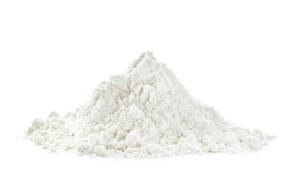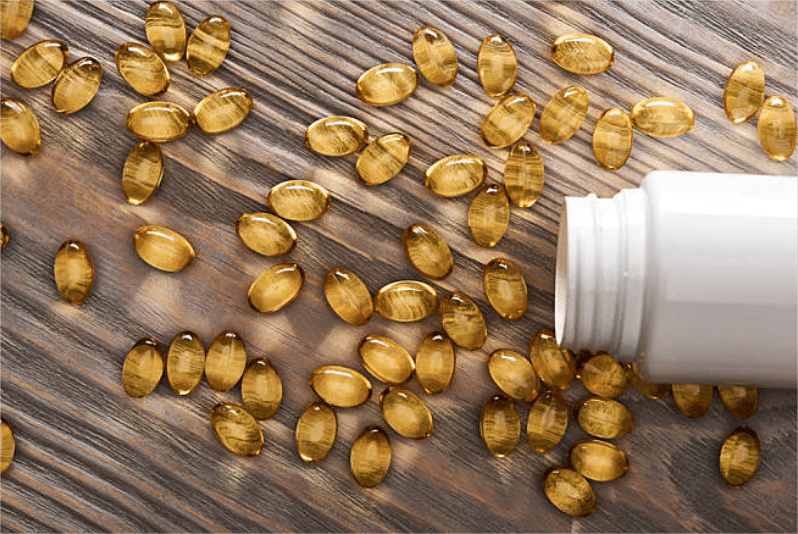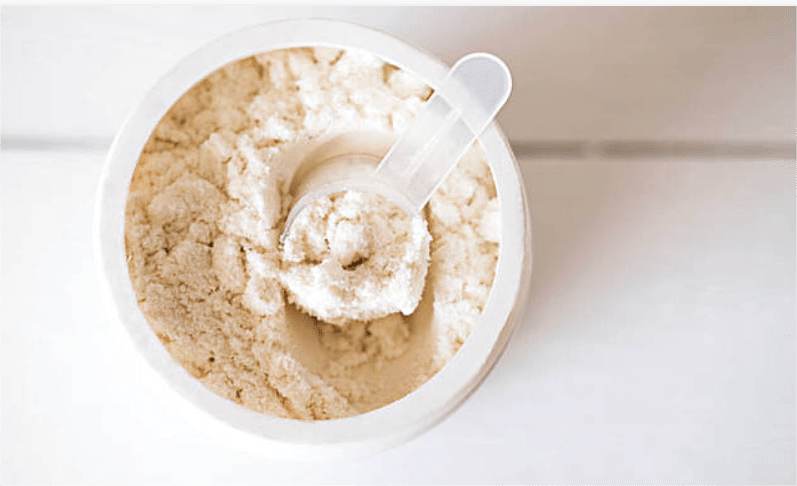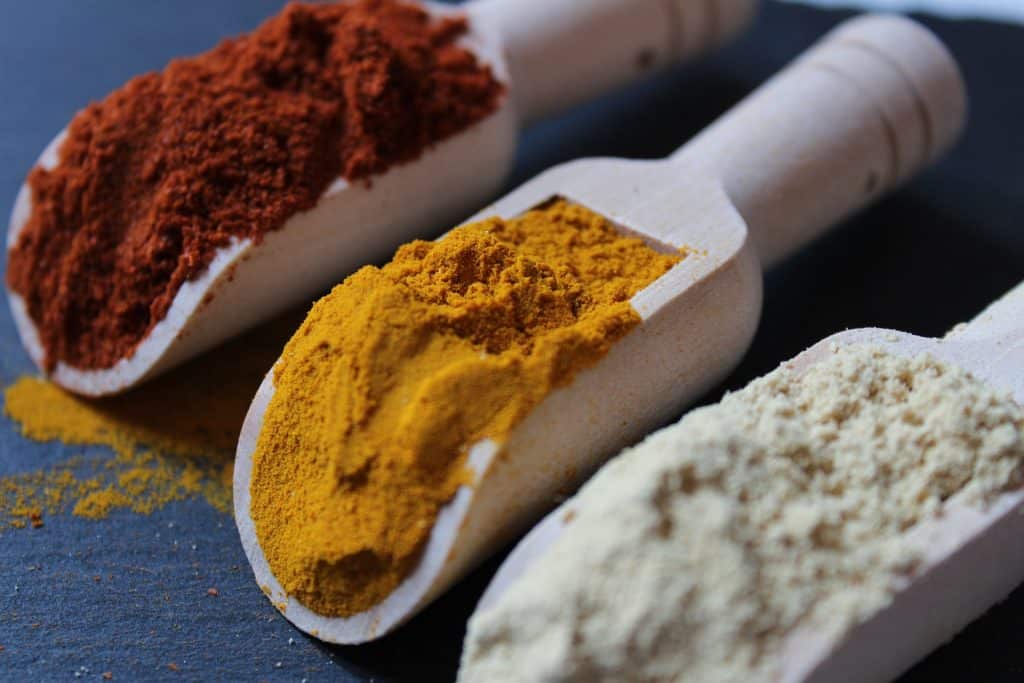Introduction
L-Citrulline is a non-essential amino acid that plays crucial roles in various physiological processes within the human body. It is involved in the urea cycle, contributes to the synthesis of nitric oxide (NO), and supports cardiovascular health, muscle function, and overall well-being. This article aims to delve deeply into the biochemical properties, mechanisms of action, health benefits, and therapeutic uses of L-citrulline.

1. Biochemical Properties of L-Citrulline
L-Citrulline, chemically known as 2-Amino-5-(carbamoylamino)pentanoic acid, has the molecular formula C6H13N3O3. It is classified as a non-proteinogenic amino acid, meaning it is not incorporated into proteins but plays essential roles in metabolic pathways and physiological functions.
►Molecular Structure
Structurally, L-Citrulline is a neutral amino acid with a central carbon atom bonded to an amino group (-NH2), a carboxyl group (-COOH), and two additional carbon atoms in its side chain. It is characterized by its unique ureido group (-CONH2), distinguishing it from other amino acids.
►Synthesis and Metabolism
L-Citrulline is synthesized primarily through the urea cycle, a biochemical pathway in the liver and kidneys. It is formed from ornithine and carbamoyl phosphate and is an intermediate in converting ammonia into urea for excretion. Additionally, L-Citrulline can be obtained through dietary sources or supplements and is readily absorbed in the small intestine.
2. Physiological Functions of L-Citrulline
►Precursor of Arginine and Nitric Oxide Synthesis
One of the critical functions of L-Citrulline is its role as a precursor to L-arginine, another amino acid crucial for nitric oxide (NO) production. Nitric oxide is a vasodilator that helps relax blood vessels, improve blood flow, and regulate blood pressure. By increasing L-arginine availability, L-Citrulline indirectly supports NO synthesis, which has implications for cardiovascular health and exercise performance.
► Ammonia Detoxification
As part of the urea cycle, L-Citrulline facilitates the detoxification of ammonia, a byproduct of protein metabolism that can be toxic at high levels. Combining with aspartate to form argininosuccinate, L-Citrulline helps remove excess ammonia from the bloodstream, thereby maintaining nitrogen balance and preventing ammonia toxicity.
► Protein Metabolism and Muscle Function
L-Citrulline plays a role in protein metabolism by promoting protein synthesis and reducing protein breakdown. It has been studied for its potential benefits in enhancing muscle protein synthesis, improving muscle recovery after exercise, and supporting overall muscle function and endurance.
3. Health Benefits and Therapeutic Uses
► Cardiovascular Health
The vasodilatory effects of L-Citrulline contribute to cardiovascular health by improving blood flow and endothelial function. Studies have shown that supplementation with L-Citrulline can lower blood pressure, enhance arterial elasticity, and reduce the risk of cardiovascular diseases such as hypertension and atherosclerosis.
►Exercise Performance and Muscle Recovery
Athletes and fitness enthusiasts often use L-Citrulline supplements to enhance exercise performance and recovery. By increasing NO production and improving blood flow to muscles, L-Citrulline may delay fatigue, reduce muscle soreness, and support greater endurance during physical exertion.
► Immune Function
L-Citrulline has immunomodulatory effects that may contribute to enhanced immune function. It supports the production of arginine, which is essential for immune cell proliferation and function. Maintaining adequate levels of L-citrulline may strengthen the immune response and protect against infections and inflammatory conditions.
4. Sources of L-Citrulline
L-Citrulline is naturally found in certain foods, particularly in higher concentrations in watermelon and other fruits, as well as in some nuts and legumes. However, dietary intake alone may not always provide sufficient levels for therapeutic purposes, prompting using L-citrulline supplements.
5. Supplemental Forms and Dosage
L-citrulline is available in various forms, including L-citrulline, L-citrulline malate (a combination of L-citrulline and malic acid), and citrulline nitrate. Dosage recommendations vary depending on the intended use and individual factors such as age, health status, and exercise regimen. It is advisable to consult healthcare professionals or nutritionists for personalized recommendations.
6. Safety Considerations
L-Citrulline supplementation is generally considered safe and well-tolerated when used appropriately. However, potential side effects may include gastrointestinal discomfort, particularly at higher doses. Individuals with certain medical conditions or medications should consult healthcare providers before starting supplementation.
7. Future Directions in Research
Ongoing research continues to explore the potential therapeutic applications of L-Citrulline in various health conditions, including cardiovascular diseases, metabolic disorders, and neurological conditions. Emerging studies also focus on optimizing formulations, understanding mechanisms of action, and exploring novel therapeutic combinations.
8. Conclusion
L-Citrulline is a versatile amino acid with diverse physiological functions and health benefits. From supporting cardiovascular health and enhancing exercise performance to promoting immune function and aiding in ammonia detoxification, L-Citrulline plays an integral role in maintaining overall well-being. Whether obtained through dietary sources or supplementation, L-Citrulline offers promising potential for improving health outcomes and quality of life.
In summary, l-citrulline’s multifaceted roles underscore its significance in human physiology and its relevance as a valuable nutrient and therapeutic agent in clinical practice and everyday health maintenance.



